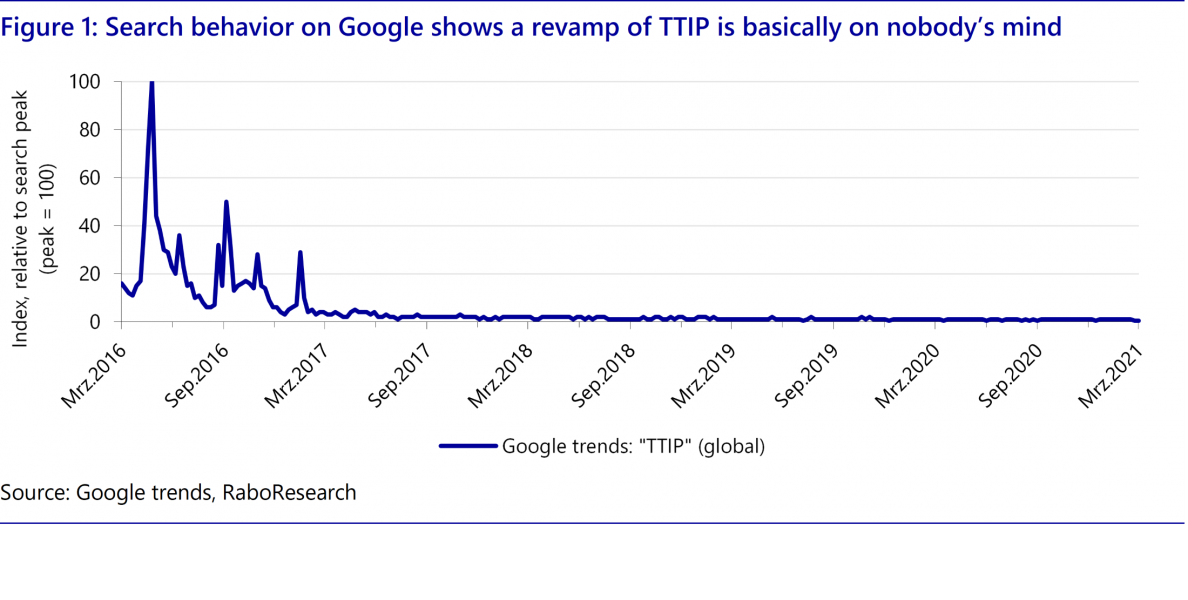Philip Marey is Senior US Strategist and responsible for Rabobank’s US outlook. He writes and gives client presentations on topics such as Fed policy, the US economy, interest rates, and the impact of US politics on financial markets, and makes frequent media appearances. He has developed various econometric models of interest rates and exchange rates. Before joining Rabobank, Philip worked as a researcher and as a project manager at Maastricht University on various applied econometric research projects for the European Commission and the Dutch government. He also taught courses in monetary economics and financial markets at Maastricht University. Philip has an M.Sc. in econometrics from Erasmus University Rotterdam. His academic research has been published in the Journal of International Money and Finance and the Journal of Macroeconomics.





